- No products in the cart.
Ibuprofen-quinacrine oral suspension 100 mg / 5ml 100g vial complete with a dosing spoon
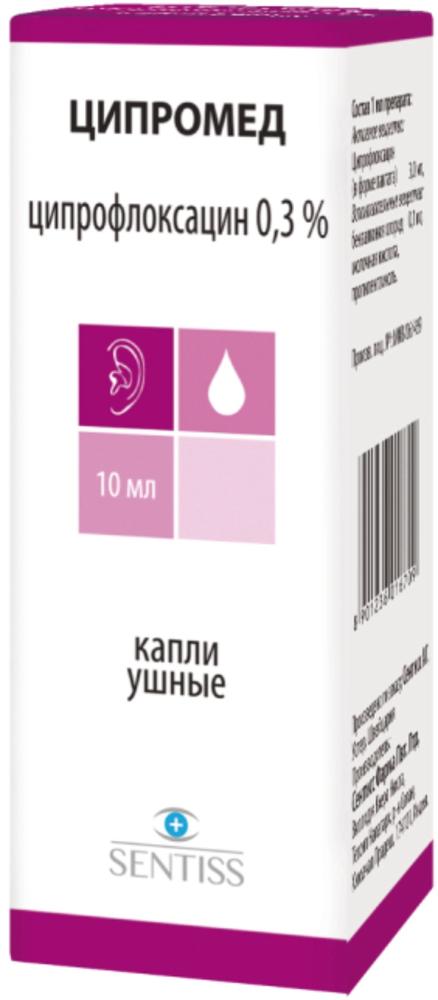
Tsipromed ushn drop. 0.3% 10ml-vial cap.
$2.95
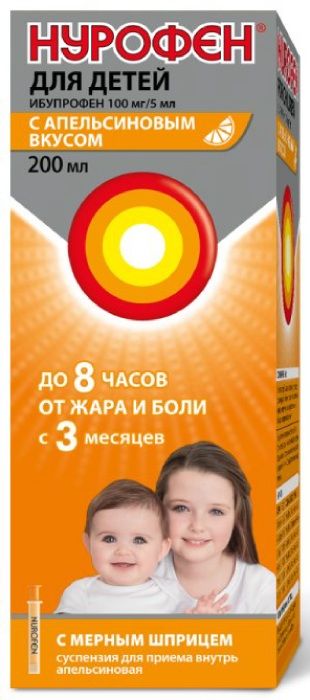
Nurofen for children oral suspension 100mg / 5ml 200ml fl.plast with a syringe dosing orange
$5.59
$2.23
Ibuprofen-quinacrine oral suspension 100 mg / 5ml 100g vial complete with a dosing spoon
Description
Composition
Active substance:
5 ml of suspension contains: 100 mg of ibuprofen.
Excipients:
Cremophor RH-40, sodium salt of carboxylated methylcellulose, magnesium aluminum silicate (veegum), sucrose, glycerol, propylene glycol, methyl hydroxybenzoate, propyl hydroxybenzoate, citric acid monovodnaya, sodium hydrogen phosphate, orange flavoring, colorant: orange yellow, sodium saccharin, crospovidone, purified water.
Description:
The suspension is orange with orange flavor and sweet taste with an easily noticeable pungent flavor. Perhaps separation into a liquid layer and precipitate which, after mixing up a uniform suspension.
Product form:
Oral suspension [Orange] 100 mg / 5 ml.
100 g of dark glass vials with a screw cap with a polyethylene protective ring “first opening” and the dosing spoon, or 100 g in plastic flasks with a screw cap with a polyethylene protective ring “first opening” and a dosing syringe.
Each vial together with instructions for use and a dosing spoon or shpritsem- dispenser is placed in a cardboard box.
Contraindications
Hypersensitivity to ibuprofen or any of the components included in the formulation.
Full or partial combination of asthma, recurrent nasal polyposis, and paranasal sinuses, and intolerance to acetylsalicylic acid or other NSAIDs.
Bleeding or perforation of ulcers of the gastrointestinal tract in history, triggered by the use of NSAIDs.
Erosive-ulcerous disease of the gastrointestinal tract (including gastric ulcer and duodenal ulcer, Crohn’s disease, ulcerative colitis), or ulcer bleeding or active phase history (confirmed by two or more episodes of peptic ulcer disease or bleeding).
Severe liver failure or liver disease in active phase.
Severe renal failure (creatinine clearance (CC) of less than 30 ml / min), confirmed hyperkalemia.
Decompensated heart failure, since the coronary artery bypass surgery.
Or other cerebrovascular bleeding.
Hemophilia and other bleeding disorders (including hypocoagulation), hemorrhagic diathesis).
Deficiency of sucrase / isomaltase.
Pregnancy (III trimester).
child’s body weight up to 5 kg.
Carefully:
In the presence of the conditions referred to in this section should consult a physician before using the product.
Simultaneous treatment with other NSAIDs, a history of a single episode of gastric ulcer or gastrointestinal bleeding ulcer, gastritis, enteritis, colitis, the presence of infection Helicobacter pylori, ulcerative colitis; bronchial asthma or allergic diseases in the acute stage or history (possibly bronchoconstriction); severe somatic diseases; systemic lupus erythematosus or mixed connective tissue disease (Sharp’s syndrome) – increased risk of aseptic meningitis; chickenpox; renal failure, including by dewatering (CC 30-60 ml / min), fluid retention and edema; liver failure; hypertension and / or heart failure; cerebrovascular diseases; dyslipidemia / hyperlipidemia; diabetes; peripheral artery disease; blood diseases of unknown etiology (leukopenia, anemia); concomitant use of other drugs that may increase the risk of ulcers or bleeding, in particular, glucocorticosteroids for oral (including prednisone), anticoagulants (including warfarin), selective serotonin reuptake inhibitors (in Vol. h citalopram, fluoxetine, paroxetine, sertraline) or antiplatelet agents (including acetylsalicylic acid, clopidogrel).; pregnancy (I-II trimester), breastfeeding, older age.
Dosage
20 mg / ml
Indications
The drug Ibuprofen-Akrikhin used in children from 3 months of age to 12 years for the symptomatic treatment as an antipyretic agent in acute respiratory diseases (including influenza), childhood infections, other infectious and inflammatory diseases and postprivivochnyh reactions accompanied by fever.
The drug is used as a symptomatic analgesic agent for pain syndrome weak or moderate intensity, including dental pain, headache, migraine, neuralgia, ear pain, sore throat, painful sprains, muscular pain, rheumatic pain, joint pain .
The drug is intended for the symptomatic therapy reduce pain and inflammation at the time of application, the progression of the disease is not affected.
Interaction with other drugs
To avoid the simultaneous application of ibuprofen medicaments listed below.
Acetylsalicylic acid: except acetylsalicylic acid in low doses (not exceeding 75 mg / day), prescribed by the doctor, since the combined use may increase the risk of side effects. With simultaneous use of ibuprofen reduces inflammatory and antiplatelet effect of acetylsalicylic acid (may increase the incidence of acute coronary insufficiency in patients receiving as antiplatelet agents acetylsalicylic acid in small doses, ibuprofen after the beginning of reception).
Other NSAIDs, including selective inhibitors of COX-2 should avoid the simultaneous use of two or more drugs from the group of NSAIDs due to possible increased risk of side effects.
Precautions used simultaneously with the following drugs.
Anticoagulants and thrombolytic drugs: NSAIDs may enhance the effect of anticoagulants, particularly warfarin and thrombolytic agents.
Antihypertensive agents (ACE inhibitors and angiotensin II receptor antagonists) and diuretics NSAIDs may reduce efficacy of these groups. Diuretics and ACE inhibitors may increase the nephrotoxicity of NSAIDs.
SSC: increased risk of gastrointestinal ulcers and gastrointestinal bleeding.
Antiplatelet agents and selective serotonin reuptake inhibitors: increased risk of gastrointestinal bleeding.
Cardiac glycosides: co-administration NPVG1 and cardiac glycosides can lead to aggravation of heart failure, decreased glomerular filtration rate and an increase in concentration of cardiac glycosides in blood plasma.
of lithium drugs: there is evidence of the likelihood of increasing the concentration of lithium in blood plasma during treatment with NSAIDs.
Methotrexate: there is evidence of the likelihood of increasing concentration of methotrexate in the blood plasma during treatment with NSAIDs.
Cyclosporin: increased risk of nephrotoxicity with concomitant administration of NSAIDs and cyclosporine.
Mifepristone: NSAIDs should be started no earlier than 8-12 days after mifepristone administration as NSAIDs can reduce the efficacy of mifepristone.
Tacrolimus: while the appointment of NSAIDs and tacrolimus may increase the risk of nephrotoxicity.
Zidovudine: simultaneous application of NSAIDs and zidovudine could result in increased gematotoksichnosti. There is evidence of increased risk of haemarthrosis and hematoma in HIV-positive patients with hemophilia who received co-treatment with zidovudine and ibuprofen.
Quinolone antibiotics series: patients receiving collaborative care NSAIDs and quinolone antibiotics series, may increase the risk of seizures.
Overdose
In children, the symptoms of overdose may occur after ingestion of a dose exceeding 400 mg / kg body weight. In adults, a dose-dependent effect of an overdose is less pronounced. The half-life of the drug overdose is 1.5-3 hours.
Symptoms include nausea, vomiting, pain in epigastrialnoy area or, more rarely, diarrhea, tinnitus, headache and gastrointestinal bleeding. In more severe cases, there are manifestations of the central nervous system: drowsiness, rarely – excitement, convulsions, disorientation, coma. In cases of severe poisoning can develop metabolic acidosis and increased prothrombin time, kidney failure, liver damage tissue, decrease blood pressure, respiratory depression and cyanosis. Patients with asthma may increase the disease.
Treatment: symptomatic, with obligatory airway, ECG monitoring and vital signs up to the normalization condition of the patient. We recommend the use of activated charcoal oral or gastric lavage for 1 h after administration of potentially toxic doses of ibuprofen. If ibuprofen has already been absorbed, it can be assigned to alkaline water with the aim of removing the acid derivative of ibuprofen kidney diuresis. Frequent or prolonged convulsions should be cut short in / diazepam or lorazepam. When exacerbation of asthma recommend the use of bronchodilators.
pharmachologic effect
Pharmacological group:
Nonsteroidal anti-inflammatory drug (NSAID)
.
Pharmacodynamics:
Ibuprofen has antipyretic, analgesic, anti-inflammatory effect. Antipyretic action is to block the cyclooxygenase 1 and 2 in the arachidonic acid cascade CNS, which leads to a reduction in prostaglandin synthesis, reducing their concentration in cerebrospinal fluid and to decrease the excitation thermoregulatory center whereby a normalization of body temperature.
the effect of lowering the temperature at a fever begins after 30 minutes. after administration, its maximum effect is manifested through 3 h.
Leading analgesic mechanism is to reduce the production of prostaglandins (PG) classes E, F and I, biogenic amines, which leads to the prevention of the development of hyperalgesia at changing the sensitivity of nociceptors. The analgesic effect is most pronounced with inflammatory pain.
The anti-inflammatory effect is due to inhibition of cyclooxygenase (COX). As a result of reduced synthesis of prostaglandins in inflammatory foci. This leads to a decrease in secretion of inflammatory mediators and reduced activity exudative and the proliferative phase of the inflammatory process.
Like all non-steroidal anti-inflammatory drugs ibuprofen exhibits antiplatelet activity.
Antipyretic and analgesic effect manifests earlier and at lower doses than the anti-inflammatory effect, which occurs in the 5 – 7 days of treatment.
Pharmacokinetics:
After oral administration, more than 80% of ibuprofen absorbed from the digestive tract, the maximum plasma concentration is reached after 1 hr. 90% of the drug is bound to plasma proteins (mainly albumin).
Ibuprofen penetrates slowly into the articular cavity.
The period of maximum plasma concentration (TCmax) in the fasting – 45 minutes when administered after a meal – 1.5-2.5 hours; in the synovial fluid – 2-3 hours, where large concentrations than in plasma.
The drug does not accumulates in the body.
Ibufen has biphasic kinetics with elimination half-life (T1 / 2) of 2-2.5 hours.
Ibuprofen is metabolized mainly in the liver. Undergoes first-pass metabolism and postsistemnomu. After absorption of about 60% pharmacologically inactive R – ibuprofen forms slowly converted into the active S – form. 60-90% of drug is excreted by the kidneys in the form of metabolites and products of the compound with glucuronic acid to a lesser extent, in the bile and not more than 1% is released in unaltered form. After administration of a single dose of drug is completely eliminated within 24 hours.
Pregnancy and breast-feeding
Do not use this drug in the III trimester. Before using the product in I and II trimester of pregnancy or lactation should consult a physician. There is evidence that ibuprofen in small quantities can penetrate into breast milk without any adverse effects on infant health.
Conditions of supply of pharmacies
Without recipe.
side effects
The risk of side effects can be minimized, if you take a short course of the drug in the lowest effective dose needed to control symptoms.
Side effects are mainly dose dependent. The following adverse reactions were observed at short ibuprofen in doses not to exceed 1200 mg / day. In the treatment of chronic conditions and long-term use may cause other adverse reactions.
Qualification frequency of occurrence of adverse reactions performed on the basis of the following criteria: very frequent (> 1/10), frequent (from> 1/100 to
special instructions
It is recommended to take the drug the maximum possible short-course, and in the lowest effective dose needed to control symptoms. During long-term treatment is required to monitor patterns of peripheral blood and functional state of the liver and kidneys. When symptoms gastropathy shown careful control, comprising carrying esophagogastroduodenoscopy, total blood (hemoglobin), analysis of fecal occult blood. If necessary, definition of 17-ketosteroids drug should be discontinued 48 hours before the study. During the period of treatment is not recommended intake of ethanol.
Patients with renal failure should consult a physician before using the product, since there is a risk of deterioration of renal function.
Patients with hypertension, including history and / or chronic heart failure should consult a physician before using the drug as the drug can cause fluid retention, high blood pressure and edema.
The use of NSAIDs in patients with varicella may be associated with an increased risk of severe septic complications of infectious and inflammatory diseases of the skin and subcutaneous fat (for example, necrotizing fasciitis). In this regard, it is recommended to avoid use of the drug varicella.
In 1 ml of suspension Ibuprofen-Akrikhin formulation contains about 0.34 g of sucrose, which corresponds to approximately 0.03 bread units (BU). Thus, the minimum unit dose of the drug of 2.5 ml contained 0.85 g of sucrose (equivalent to 0.075 XE), a maximum single dose of drug equal to 15.0 ml, contained 5.13 g of sucrose (equivalent to 0.45 XE).
The drug has no antibacterial effect, and in the treatment of tonsillitis is required for medical consultation purpose adequate therapy.
Effects on ability to transport and other potentially dangerous machinery
Patients marking dizziness, drowsiness, confusion or visual disturbances while taking ibuprofen, should avoid driving vehicles or machinery control.
Storage conditions
Store at a temperature not higher than 25 ° C. Store in the original package to protect from light. Keep out of the reach of children.
Dosing and Administration
Ibuprofen-Akrikhin – suspension, specially designed for children.
For intake Patients with increased sensitivity of the stomach it is recommended to take the drug at meal time.
Only for short-term use. Please read the instructions before taking the drug. Thoroughly before use Shake bottle.
For accurate measuring doses of the drug attached convenient measuring syringe. 5 ml of the preparation contains 100 mg ibuprofen and 20 mg of ibuprofen in 1 ml.
Using the measuring syringe:
Firmly insert the measuring syringe into the neck of the bottle. Turn the bottle upside down and gently pull the piston down, picking up the slurry into a syringe to the desired mark. Return the bottle to its original position and remove the syringe, gently turning it. Place the syringe into the oral cavity and slowly press the piston, smoothly releasing the suspension.
After use, rinse the syringe with warm water and dry it out of reach of children.
Fever (fever) and pain:
The dosage for children depends on the child’s age and body weight. The maximum dose should not exceed 30 mg / kg body weight at intervals of 6-8 hours between doses of the drug. Children aged 3-6 months (weight of the child from 5 to 7.6 kg): 2.5 ml (50 mg) 3 times during 24 hours, not more than 7.5 ml (150 mg) per day.
Children aged 6-12 months (weight of the child from 7.7 – 9 kg): 2.5 ml (50 mg) to 3-4 times within 24 hours, no more than 10 ml (200 mg) per day.
Children aged 1-3 years (child weighs 10 – 16 kg): 5.0 ml (100 mg) and 3 times over 24 hours, no more than 15 ml (300 mg) per day.
Children aged 4-6 years (baby weight of 17 – 20 kg): 7.5 ml (150 mg) and 3 times over 24 hours, not more than 22.5 ml (450 mg) per day.
Children aged 7-9 years (child weighs 21 – 30 kg): 10 ml (200 mg) and 3 times over 24 hours, no more than 30 ml (600 mg) per day.
Children between the ages 10-12 years (baby weight of 31 – 40 kg): 15 ml (300 mg) and 3 times over 24 hours, no more than 45 ml (900 mg) per day.
Duration of treatment – no more than 3 days. Do not exceed this dose.
If you are taking the drug for 24 hours (in children aged 3-5 months) or 3 days (in children aged 6 months and older) symptoms persist or intensify, it is necessary to stop treatment and seek medical advice.
Post-immunization fever:
Children under the age of 6 months: 2.5 ml (50 mg) formulation. If necessary, an additional 2.5 ml (50 mg) after 6 hours. Do not use more than 5 ml (100 mg) for 24 hours.
Information
Appearance may differ from that depicted in the picture. There are contraindications. You need to read the manual or consult with a specialist
Additional information
| Weight | 0.100 kg |
|---|---|
| Manufacturer | QUINACRINE INN |

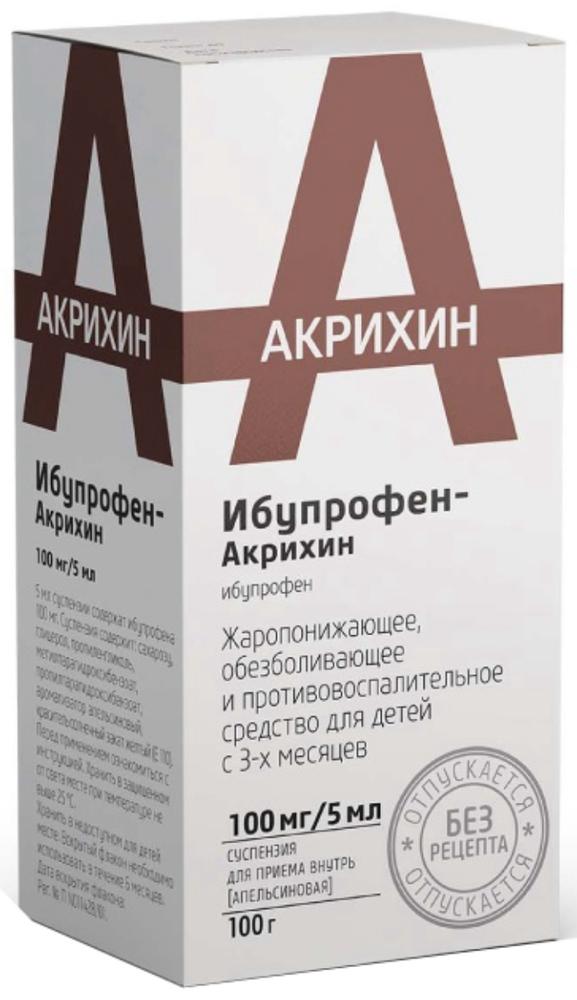
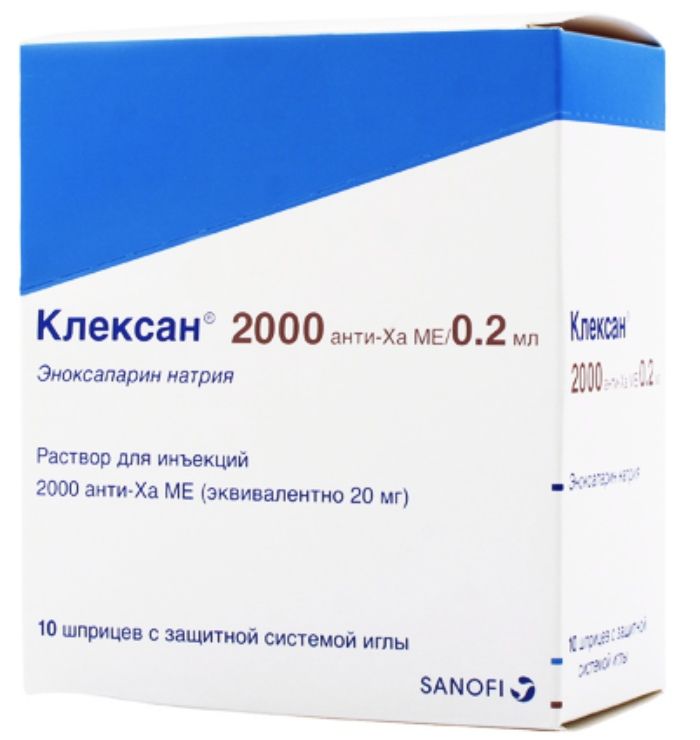
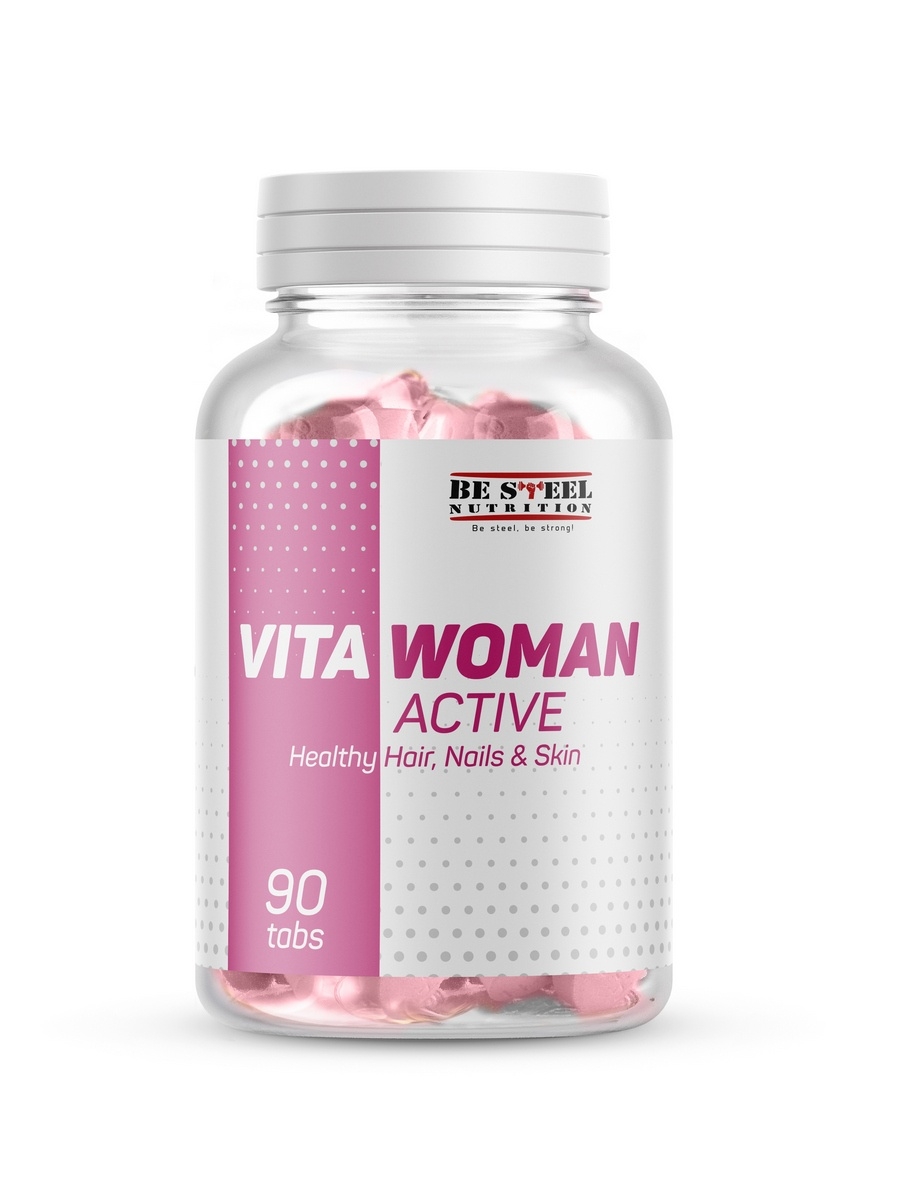
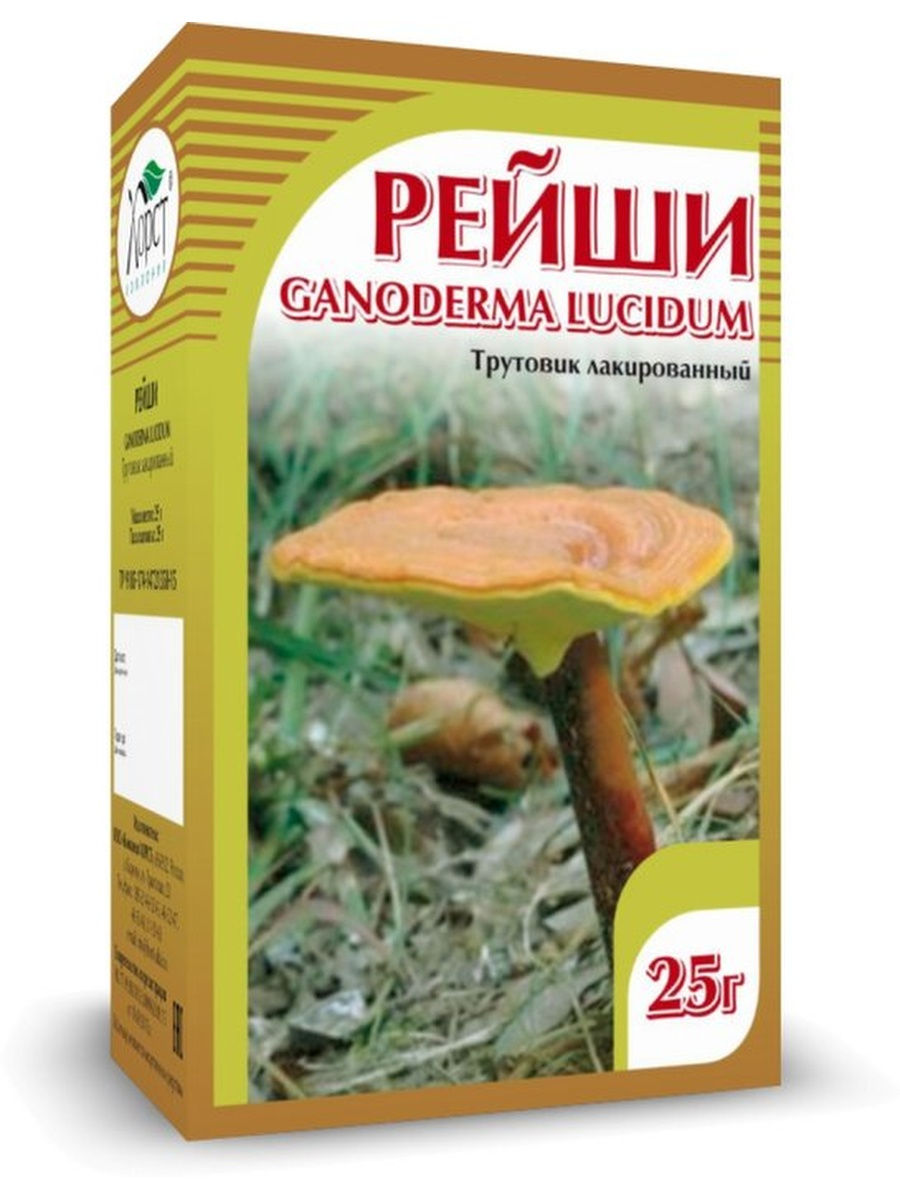

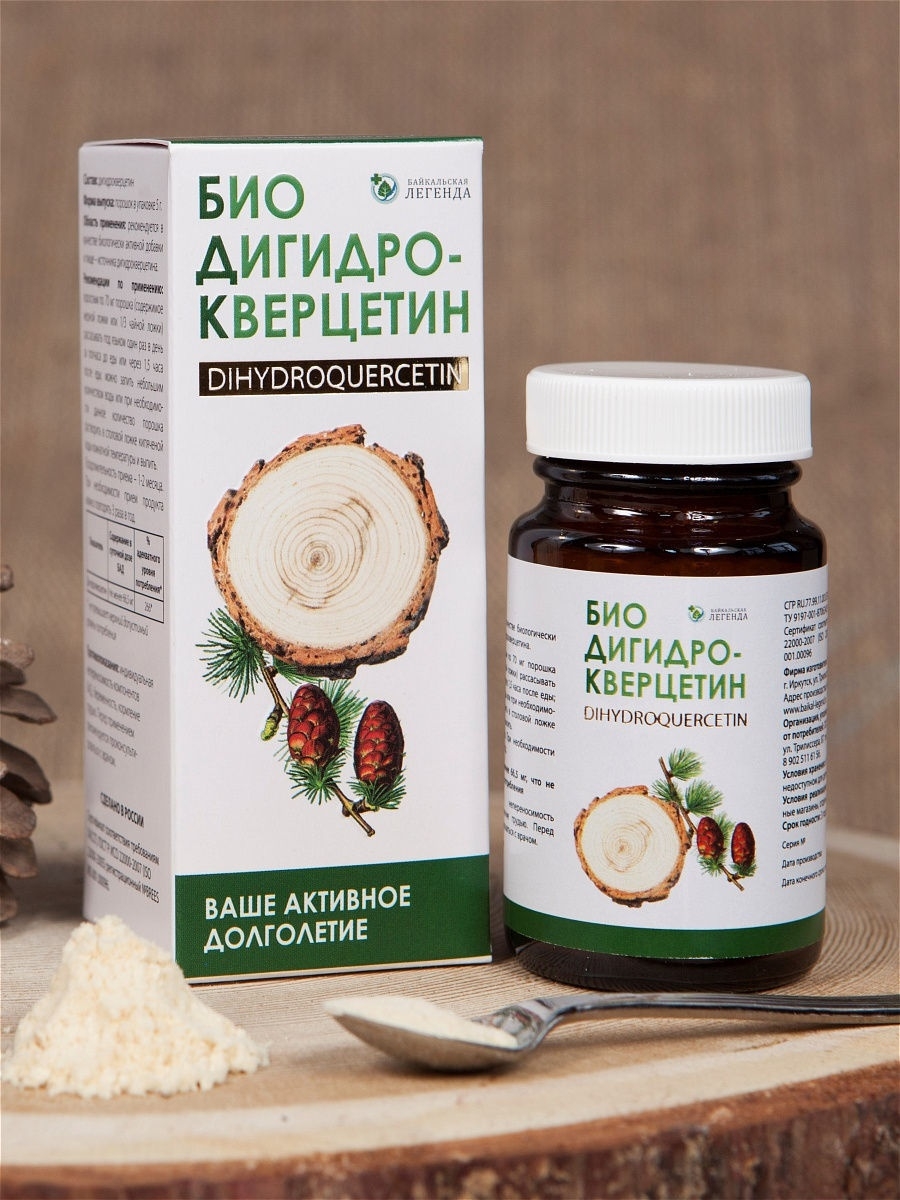
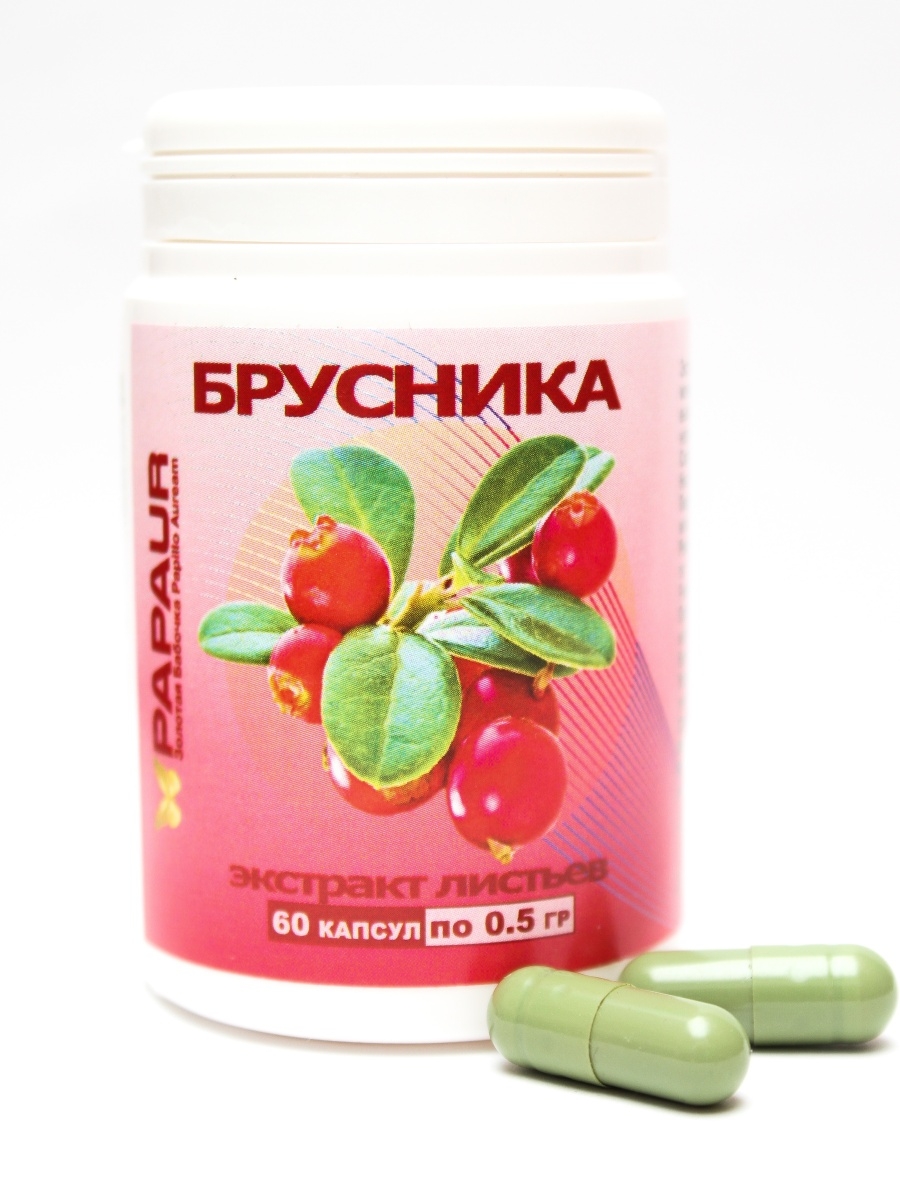




There are no reviews yet.